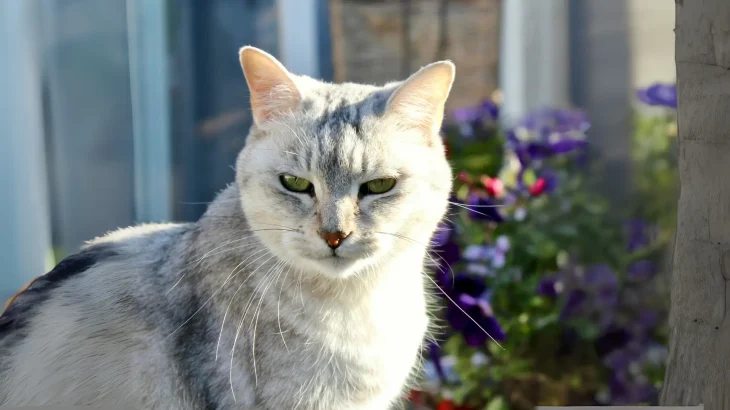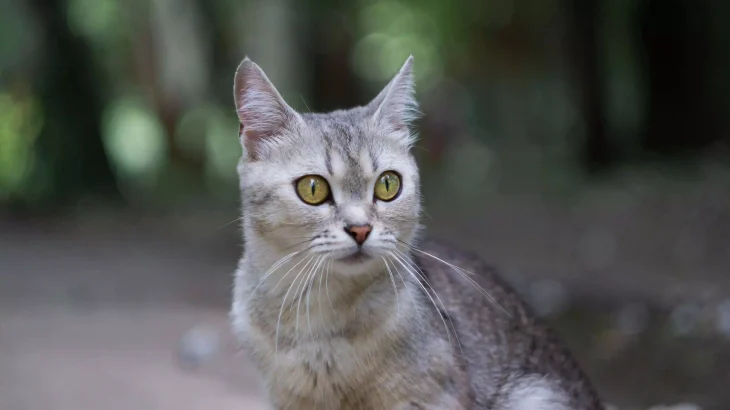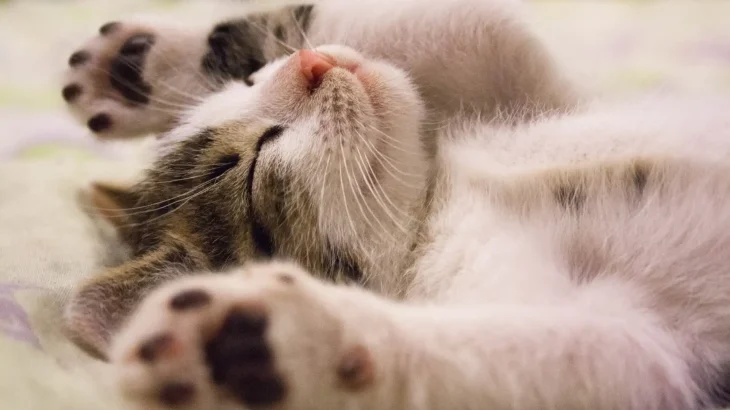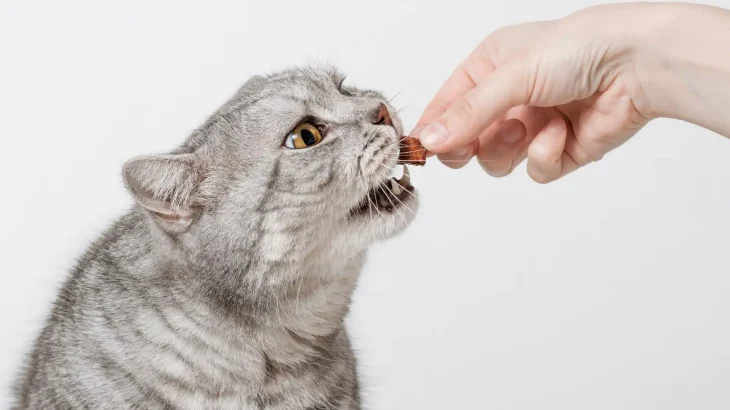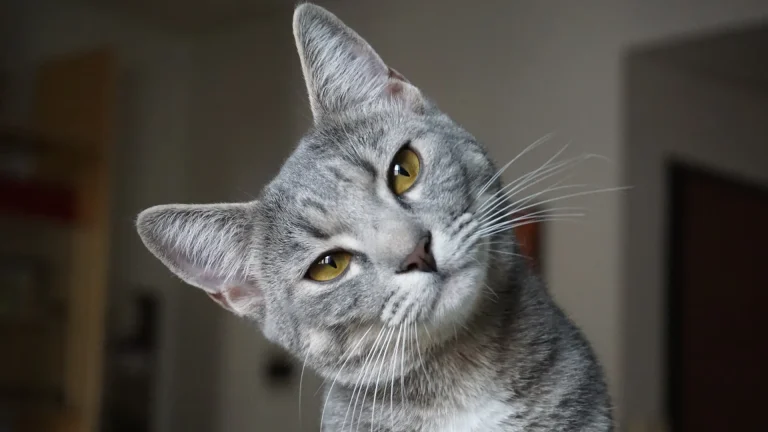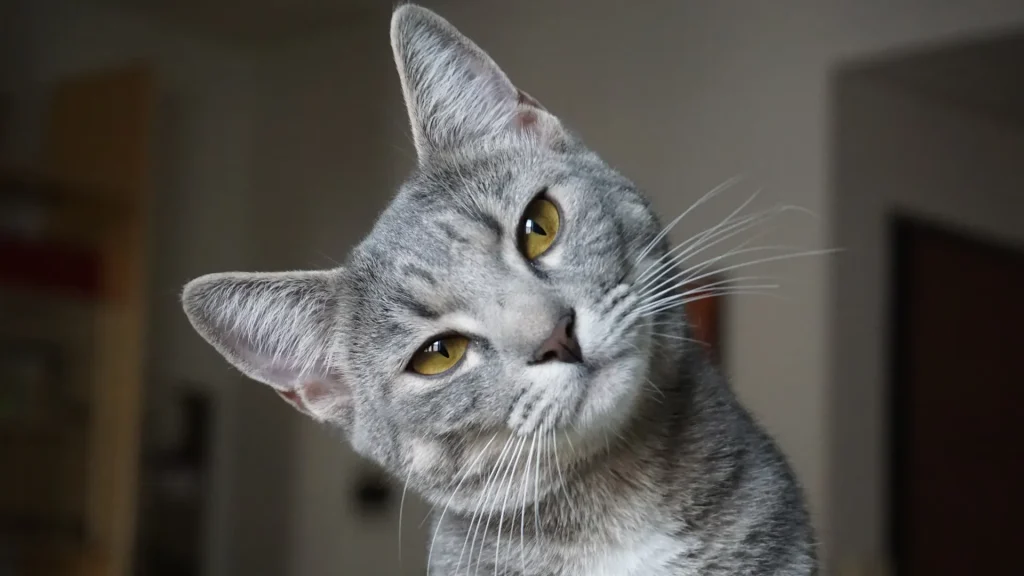Deciding whether to adopt or purchase a Burmilla kitten depends on your priorities regarding health transparency and supporting responsible breeding. Buying from a reputable breeder often means better insight into the kitten's pedigree and health history, while adoption offers the chance to provide a home to a cat in need, sometimes with less certainty about its background.
| Criteria | Buying from Breeder | Adopting from Shelter/Rescue |
|---|---|---|
| Cost | Higher initial cost due to purebred status and pedigree documentation. | Lower adoption fees, usually covering vaccinations and spay/neuter procedures. |
| Health History | Comprehensive health records and genetic screening usually provided. | Health background may be limited; shelters conduct basic health assessments. |
| Age Availability | Primarily young kittens available, allowing early bonding. | Variety of ages available, including adults which may require less training. |
| Temperament Insight | Breeders can offer information on lineage temperament traits. | Shelter staff may share observed behaviors but full history is often unknown. |
| Supporting Practices | Supports maintenance of breed purity and responsible breeding. | Supports animal welfare by providing homes to homeless cats. |
| Ethical Considerations | Important to choose ethical breeders to avoid contributing to overbreeding. | Promotes rescue efforts, helping reduce shelter populations. |


